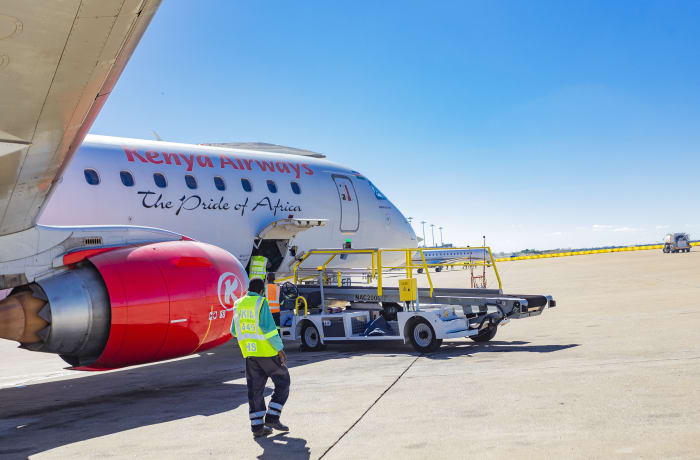
Air Freight of Dangerous Goods & Their Regulations (Dgr)
Further information
Here are some key aspects of air freighting dangerous goods:
Classification: Dangerous goods are classified into various classes and divisions based on their characteristics, such as flammability, toxicity, explosiveness, etc. Each class has specific packaging and handling requirements.
Packaging: Dangerous goods must be packed in approved containers or packages that meet specific standards for strength, sealing, and compatibility with the substance being transported. Proper cushioning and absorbent materials may also be required.
Marking and Labelling: Packages containing dangerous goods must be properly marked and labelled with specific hazard symbols, handling instructions, and other required information to ensure proper identification and safe handling.
Documentation: Accurate and complete documentation is essential for the transport of dangerous goods. This includes shipping papers, manifests, and any required permits or certificates. The documentation should accurately describe the contents, provide emergency contact information, and comply with any customs or regulatory requirements.
Training: Personnel involved in the handling, packing, and transportation of dangerous goods must receive appropriate training and certification to ensure they are aware of the hazards associated with the materials and understand the proper handling procedures.
When transporting dangerous goods by air, certain guidelines and regulations need to be followed to ensure safety. These regulations are typically based on the ICAO Dangerous Goods Regulations (DGR), which are globally recognized and provide standards for the safe transport of hazardous materials by air.
| Title | Air Freight of Dangerous Goods & Their Regulations (DGR) |
|---|
